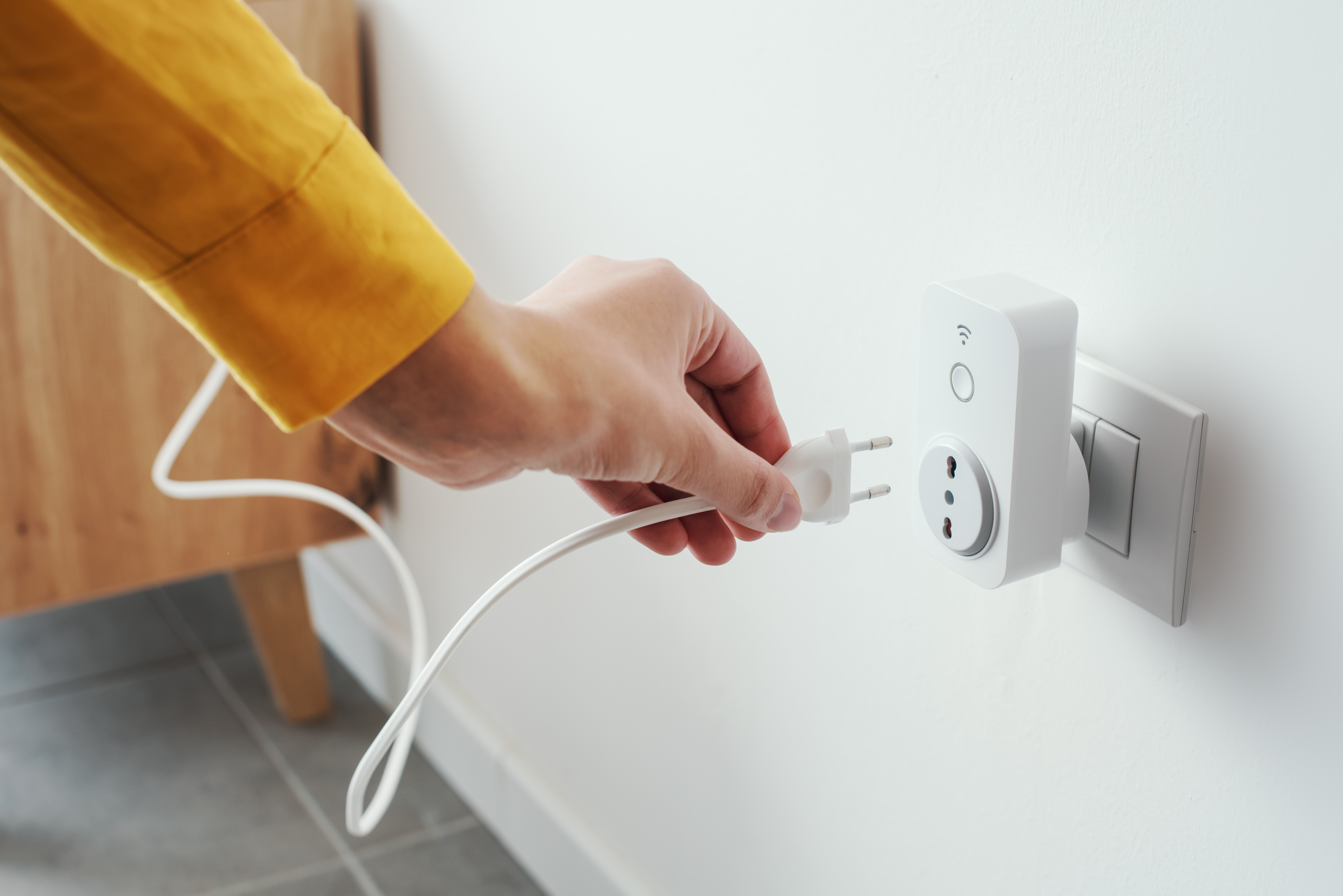10 Next-Gen Battery Technologies That Will End Your Charging Woes
Is there anything more annoying than a phone dying in the middle of a busy day, or an EV charger that moves at the speed of a slow drip? We’ve all been there: juggling low-battery anxiety, searching for a free outlet at the airport, or planning our trips around a charging stop. If you’ve started wishing for a world where chargers aren’t the bottleneck and your gadgets finally keep up with your life, there’s hope on the horizon. A wave of next-gen battery technologies is headed for real-world devices, promising to end many of our everyday charging woes for good. From safer cells and super-fast top-ups to eco-friendly alternatives and batteries that power tomorrow’s wearables, these breakthroughs aren’t just distant science fiction—they’re making their way into products you’ll actually use. So, if you’re ready to say goodbye to battery blues, join us as we explore ten game-changing battery technologies charging toward your future.
1. Solid-State Batteries: The Tipping Point for Safety and Capacity
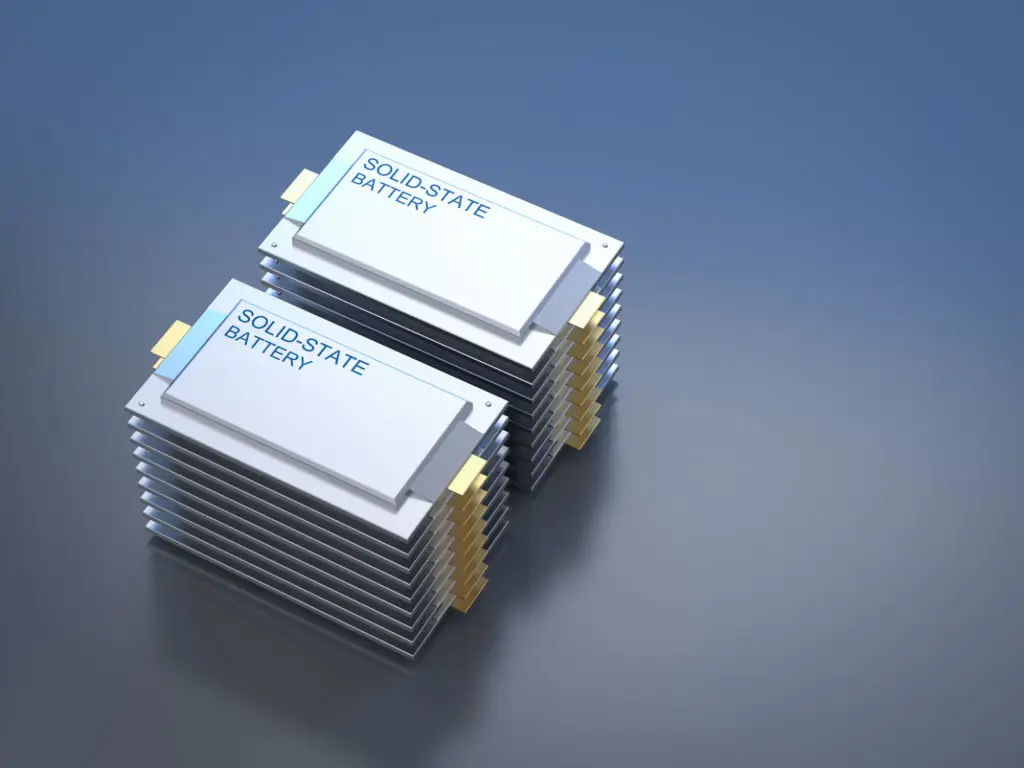
Imagine dropping your phone or accidentally nicking your car’s battery and not worrying about a fire hazard. That’s just one promise of solid-state batteries. Unlike the current lithium-ion cells in most devices—packed with flammable liquid electrolytes—solid-state batteries swap that out for a robust, solid material. The result? A much safer, more stable energy source that packs more charge into the same space. These batteries also don’t degrade as quickly, which means they could make your gadgets last longer before you start seeing those annoying “battery service” warnings. Top automakers like Toyota and startups such as QuantumScape are racing to bring this tech to everything from EVs to smartphones. Add in lightning-fast charging potential and increased longevity, and it’s easy to see why so many are betting big on solid-state batteries as the future. If you’re tired of stressing about safety and runtime, this innovation is one to watch.
2. Silicon Anode Batteries: Supercharging Charge Speed
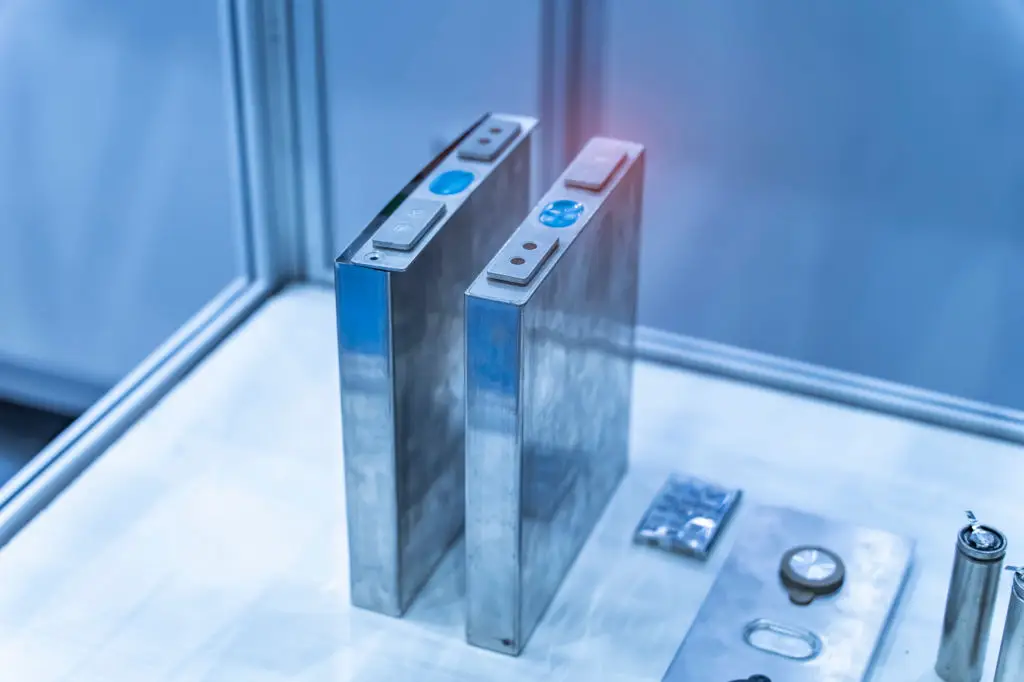
What if your next phone could jump from zero to full power in barely the time it takes to brush your teeth? Silicon anode batteries are edging technology closer to that reality. Instead of graphite (the workhorse for most battery anodes), these cells use silicon, which can hold way more lithium ions. That means extra juice and much faster charging. The tricky part? Silicon likes to swell during charging, which has made practical designs tricky—until now. Companies like Enovix are figuring out how to make these batteries reliable for everyday use. Some new EVs and mobile devices are starting to sample this upgrade as soon as 2024 and 2025. If you dream of plugging in while you shower and heading out with a day’s worth of power, silicon anode batteries are the game-changer you’ve been waiting for.
3. Lithium-Sulfur Batteries: Lighter Weight, Higher Capacity
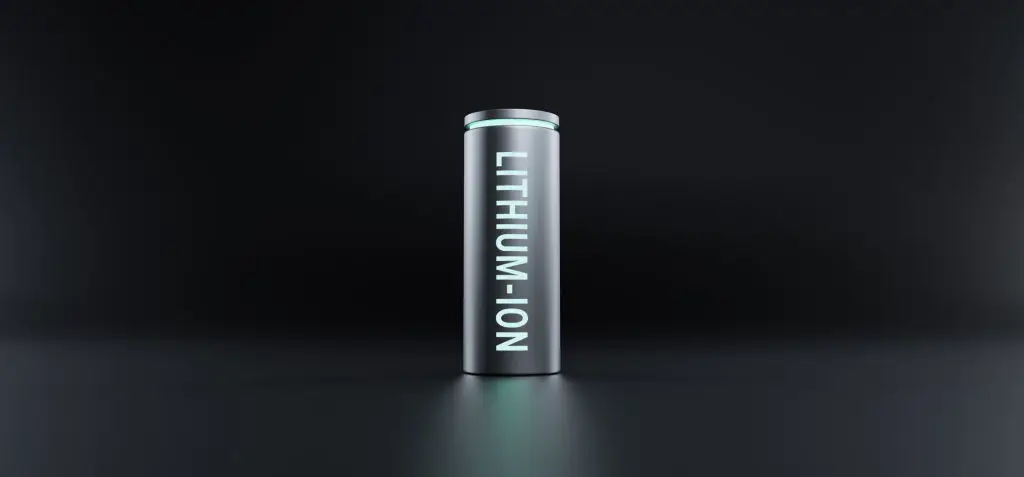
If your phone or laptop always feels like an anchor in your bag, lithium-sulfur batteries might lighten your load. By using sulfur for the cathode instead of more expensive and heavy metals, these batteries deliver significantly more energy per pound. In practice, that could mean electric vehicles traveling twice as far or phones lasting much longer between charges. Plus, sulfur is widely available and eco-friendly. Oxis Energy’s early work helped give the field a huge boost before their assets were acquired. Eliminating “dendrite” build-up—those pesky battery killers—remains a challenge, but researchers are closing in. As soon as lithium-sulfur hits commercial shelves, you might find your devices feel a whole lot less needy without making your backpack any heavier.
4. Sodium-Ion Batteries: Affordable, Abundant Power
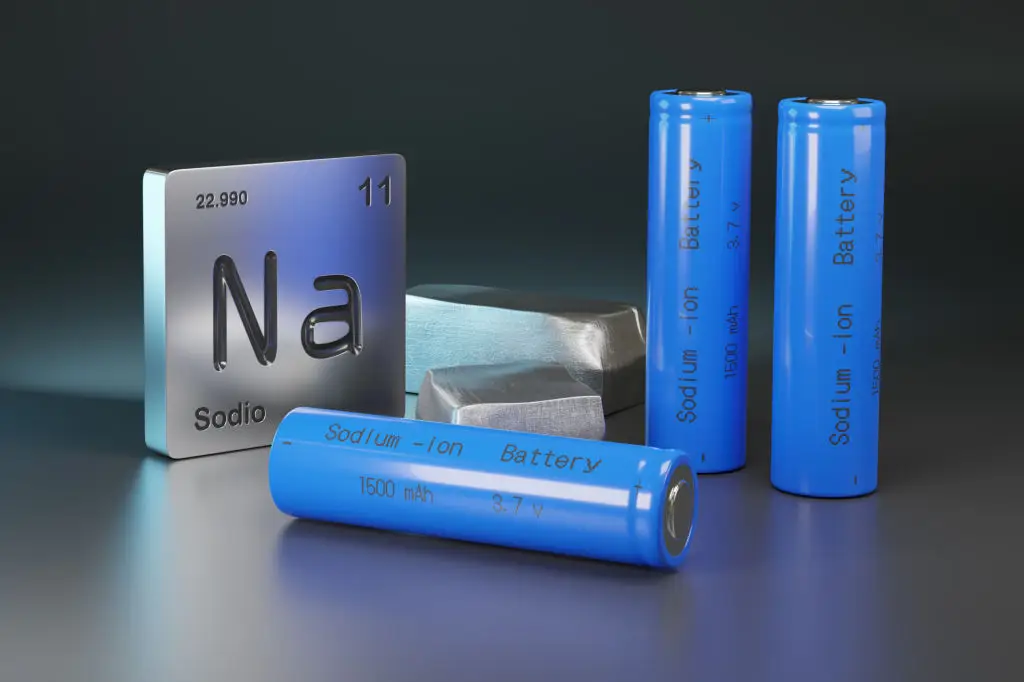
The battery world hasn’t ignored rising costs and shortages—especially when it comes to lithium. That’s where sodium-ion batteries come in. Just like lithium, sodium can shuttle ions back and forth, but it’s far easier to find (think table salt). China’s CATL—a global battery giant—plans on ramping up mass production for EVs and affordable electronics as early as 2025. These batteries don’t just offer supply chain peace of mind; they’re also more environmentally friendly and potentially cheaper. While sodium-ion is a tad heavier than lithium, making it less ideal for high-performance sports cars, it’s perfect for budget EVs and backup batteries. For anyone worried about unpredictable battery prices or looking for an eco-conscious option, sodium-ion packs some real promise.
5. Fast-Charging Lithium Batteries
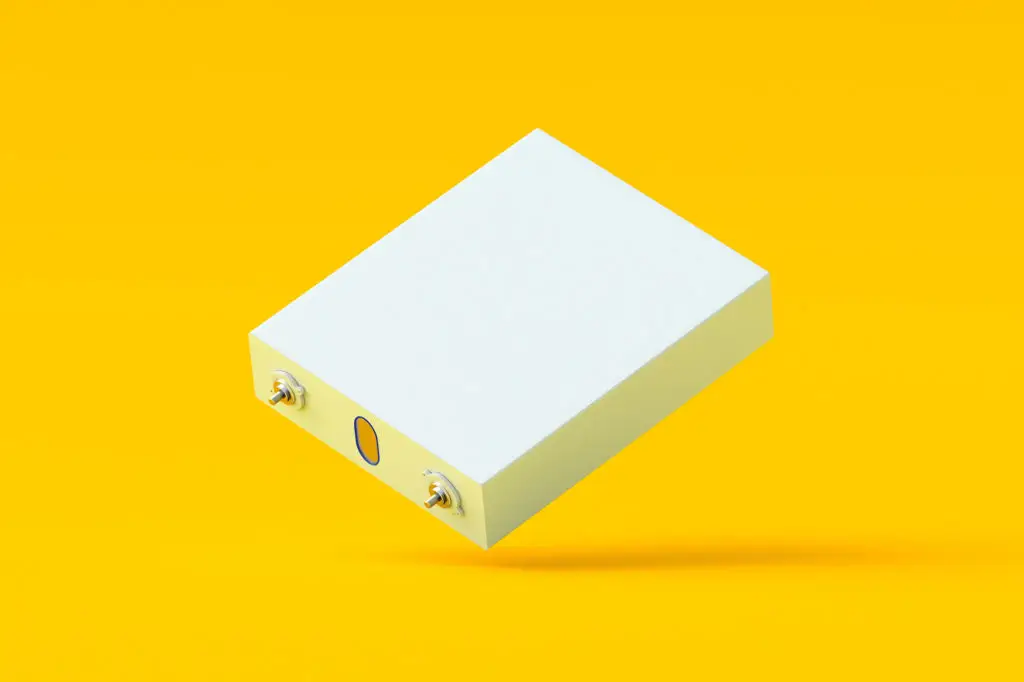
Sick of hunting down a charger and waiting forever? Say hello to ultra-fast lithium batteries. These next-gen cells can take a battery from near-empty to 80 percent—sometimes even full—within 10 minutes or less. CATL’s latest fast-charging battery for electric vehicles reportedly can deliver up to 520 kilometers (around 323 miles) of range after a five-minute pit stop. Special electrode designs and innovative coatings make fast, safe charging possible without frying the battery. For daily drivers, that means quick top-ups on errand runs or longer trips with fewer stops. And for smartphone users, forget about “plug in overnight”—a quick morning charge could easily do the trick. With these batteries on the way, waiting around is fast becoming a thing of the past.
6. Battery Rebalancing Tech: Longer-Lasting Used Batteries
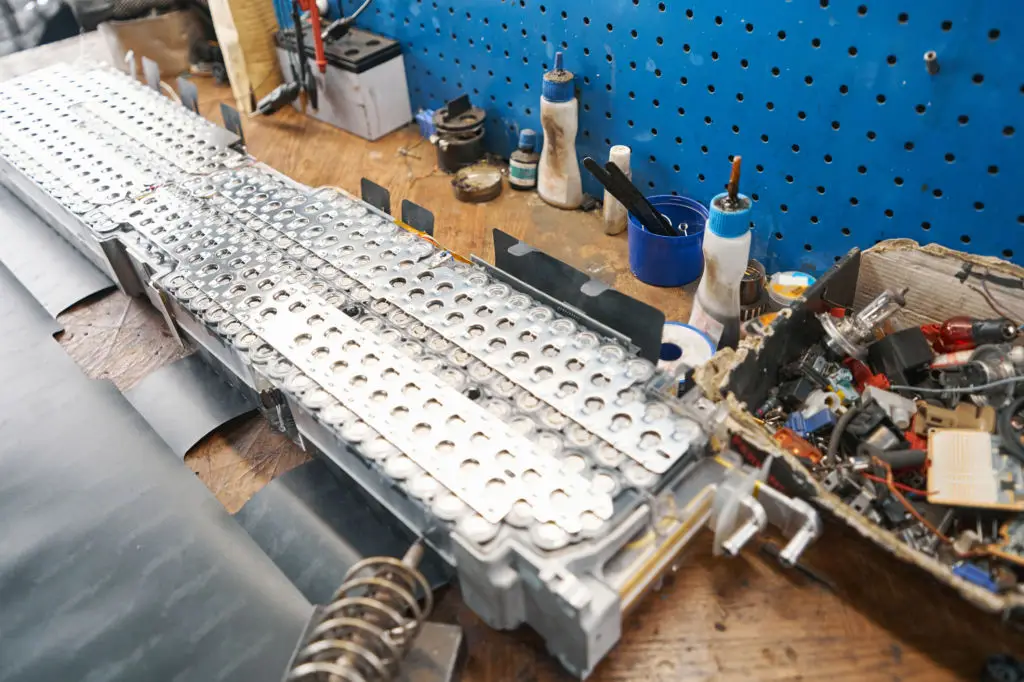
Nothing sours the thrill of owning a gadget more than realizing the battery’s faded faster than you expected—especially when the rest of the device works fine. Enter battery rebalancing technology, a clever way to squeeze more life out of existing packs. By monitoring and “equalizing” individual cells inside your battery, rebalancing tech prevents a single weak spot from dragging down the whole system. U.S. innovators like Battery X Metals are developing rebalancing tools designed for older EVs, but the principle can also help laptops, phones, and solar storage systems. Think of it like a tune-up—your battery works smarter, lasts longer, and you put off expensive replacements. That’s good for your wallet and the environment.
7. LFP Batteries: The Safe, Affordable EV Upgrade
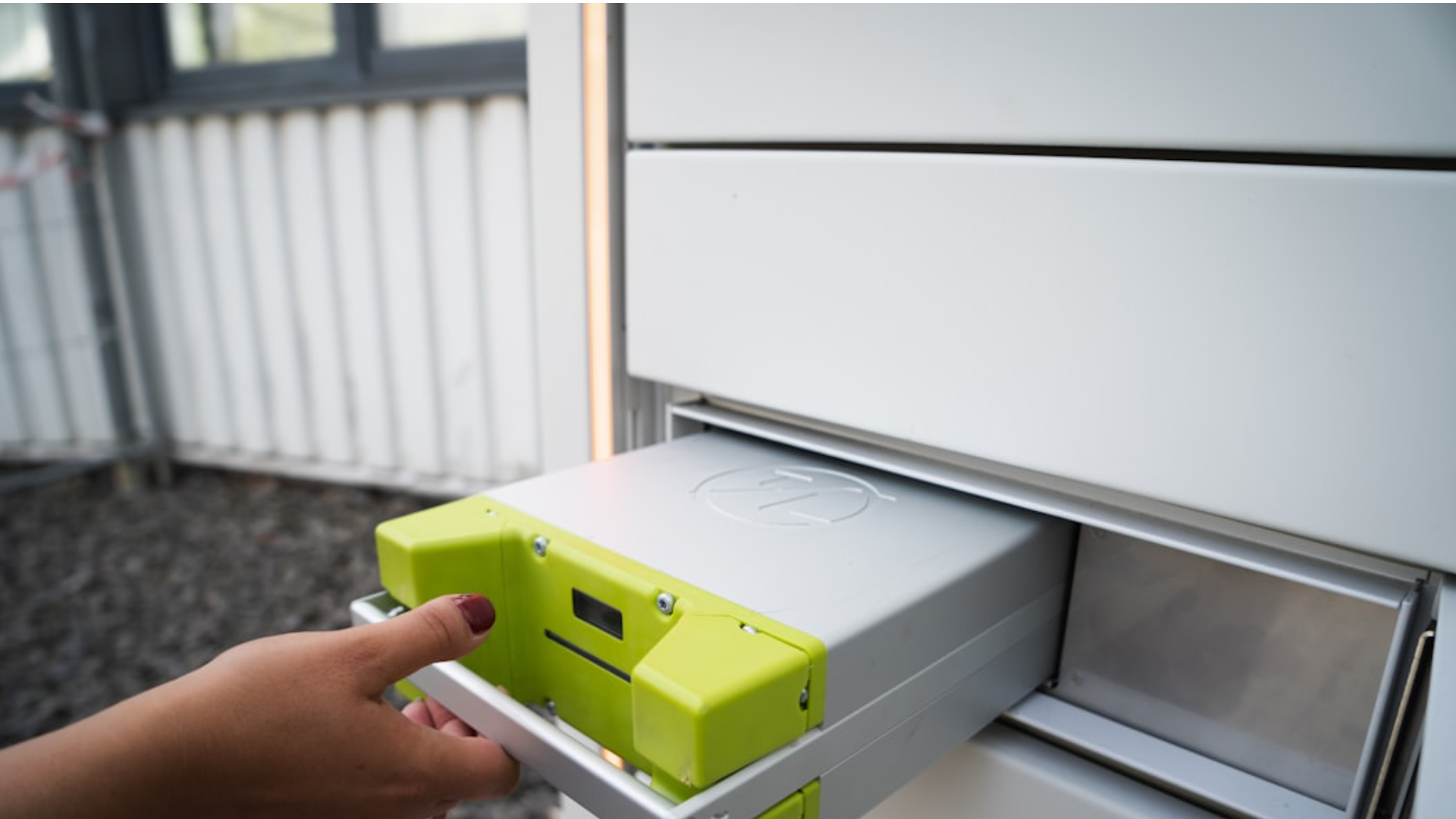
When it comes to EVs, safety and value matter just as much as top speed or luxury features. That’s why more brands are embracing lithium iron phosphate—LFP—batteries. Unlike flagship “NMC” cells packed with cobalt, LFP packs are less flammable and don’t require as many expensive or rare materials. You’ll find them quietly powering the latest Tesla Model 3 and other mass-market EVs. What’s changed? Smart engineering—today’s LFP batteries boast range and charge rates that rival pricier versions, all while cutting fire risk and cost. For families or bargain-hunters looking to make the electric switch, LFP is the practical power source poised to take over U.S. showrooms.
8. High-Nickel NMC Batteries: More Power, Greater Range
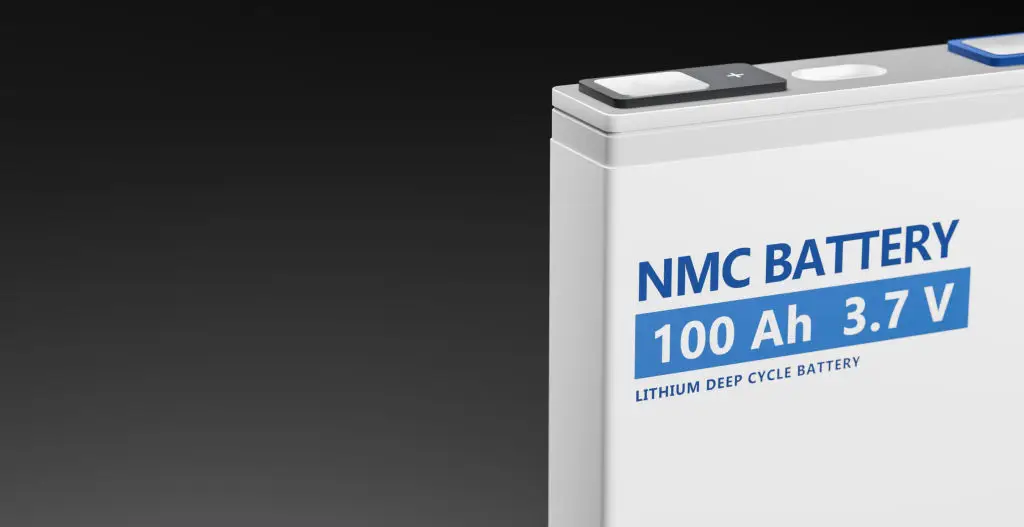
Looking for the best possible combo of range and punch in an EV? High-nickel NMC (nickel manganese cobalt) batteries are the answer. By cranking up the nickel and dialing back the more expensive cobalt, these batteries store more energy without ballooning in size or weight. Automakers like General Motors are rolling out their Ultium platform—built around high-nickel NMC cells—to deliver driving distances that satisfy even the longest commutes. With the added bonus of lower costs and less reliance on controversial mining practices, high-nickel NMC is a win for both performance and marketplace accessibility. If range anxiety has held you back, keep an eye out for these upgrades in upcoming vehicles.
9. Flexible and Wearable Batteries: Powering Tomorrow’s Gadgets
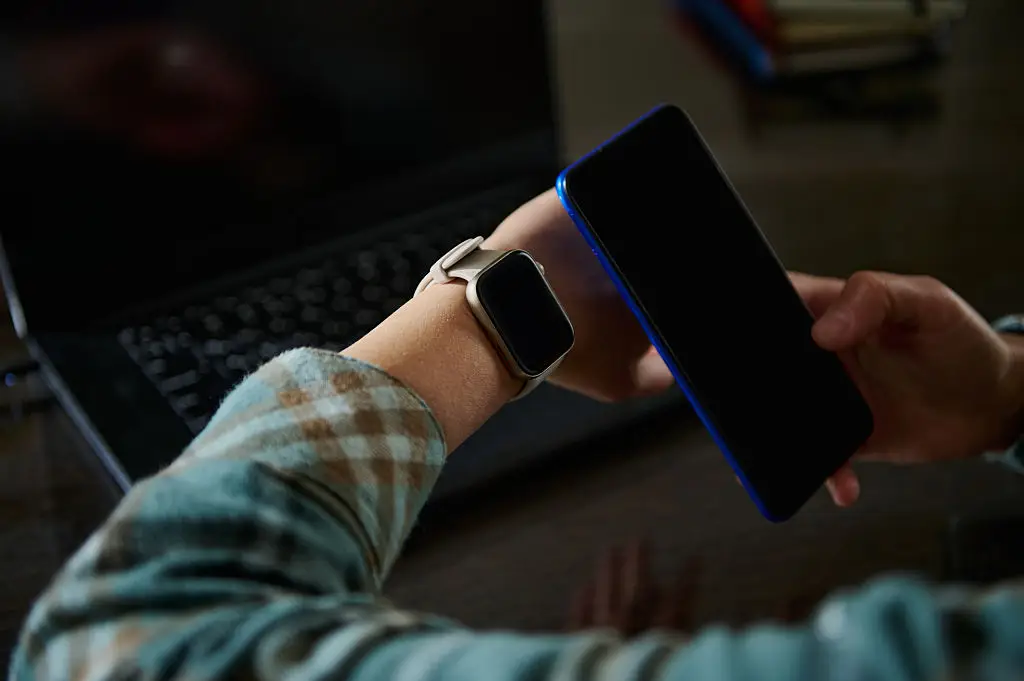
From smartwatches to health monitors, the world of wearable tech is bursting with possibilities—but only if the batteries can keep up. That’s where flexible batteries enter the scene. Instead of the rigid slabs we’re used to, these batteries bend, flex, and sometimes even stretch, blending into the curves of your devices or clothing. Durable and engineered for safety (meaning they won’t leak or catch fire as easily), flexible batteries’re already in experimental wearables and some medical devices. As the tech matures, expect more gadgets that are lightweight, skin-safe, and truly portable—no uncomfortable bumps or battery bulges. With flexible batteries, the next generation of smart gadgets feels a lot more comfortable and a whole lot more wearable.
10. Zinc-Air Batteries: Green, High-Capacity Hope
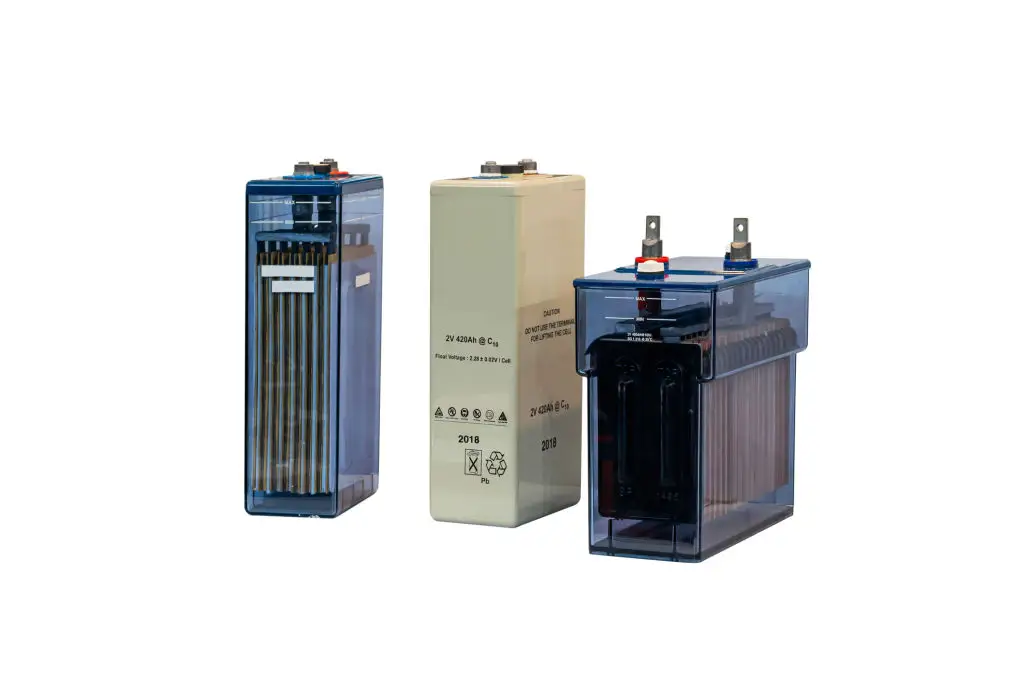
Eco-conscious tech fans will find a lot to love in zinc-air batteries. Using affordable zinc and oxygen sucked in from the air, this chemistry is less toxic and makes use of extremely common elements. While these batteries have been popular in hearing aids and sensors for years (mainly in non-rechargeable form), the latest wave of research is cracking the code for rechargeable zinc-air models. That means longer-lasting backup power for renewable energy systems, the grid, and your favorite outdoor gadgets. The best part? Zinc-air batteries skip the rare materials altogether, making them an appealing option for sustainably minded buyers. With rechargeables finally on the way, this technology’s set to make a major comeback.
Everyone’s felt the sting of a dying battery—whether you’re mid-commute, traveling, or just trying to get through a long day on one charge. But the era of constant recharging and hunting for spare outlets could soon be behind us. The technologies above are more than lab experiments. They’re real solutions, heading into everyday electronics, vehicles, wearables, and even medical devices. With solid-state safety, lightning-fast charging, flexible packs, and eco-friendly chemistries, your next upgrade might solve problems you’ve wrestled with for years. The brightest part? Many of these breakthroughs are closer than they seem, with rollouts and prototypes already making waves for savvy early adopters. So keep a lookout—your next battery bounce could be just around the corner. Here’s to more productivity, more adventure, and far fewer charging headaches.
Powered by Froala Editor





